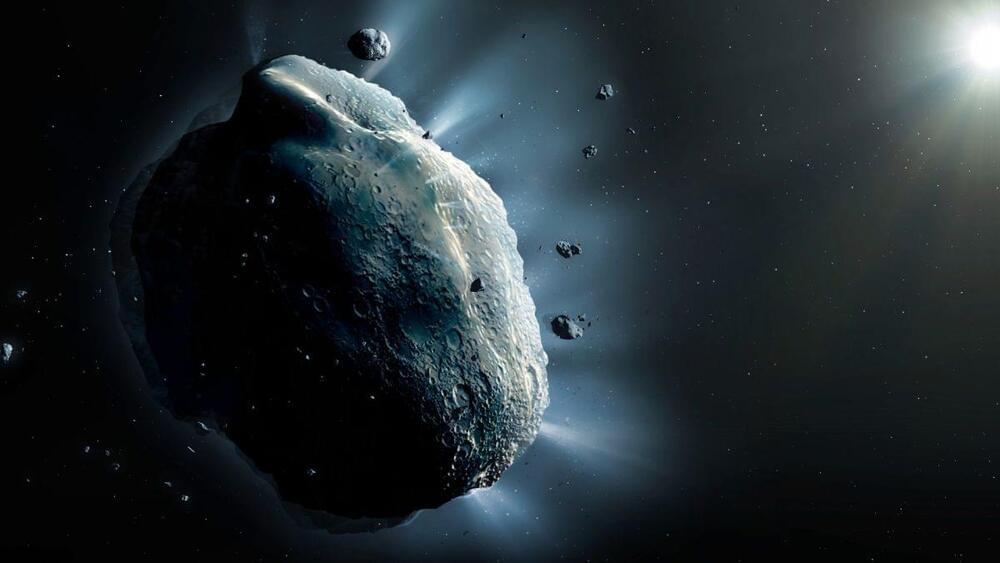😳!
Astronomers detected a small asteroid called 2022 NF that will pass within 23% of the distance from Earth to the moon tonight.
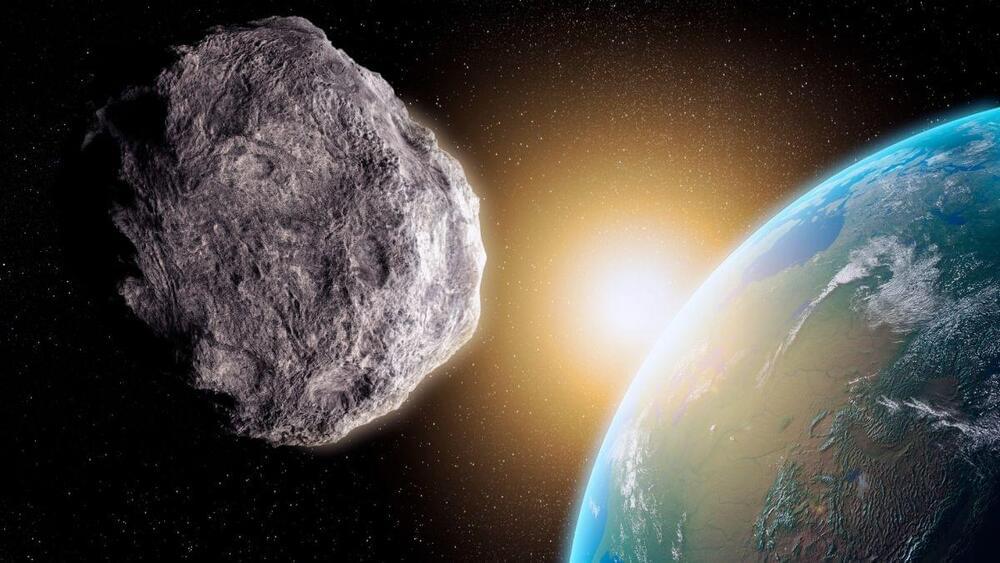
😳!
Researchers have discovered never-before-seen types of crystal hidden in tiny grains of perfectly preserved meteorite dust. The dust was left behind by a massive space rock that exploded over Chelyabinsk, Russia, nine years ago.
On Feb. 15, 2013, an asteroid measuring 59 feet (18 meters) across and weighing 12,125 tons (11,000 metric tons) entered Earth’s atmosphere at around 41,600 mph (66,950 km/h). Fortunately, the meteor exploded around 14.5 miles (23.3 kilometers) above the city of Chelyabinsk in southern Russia, showering the surrounding area in tiny meteorites and avoiding a colossal single collision with the surface. Experts at the time described the event as a major wake-up call to the dangers asteroids pose to the planet.
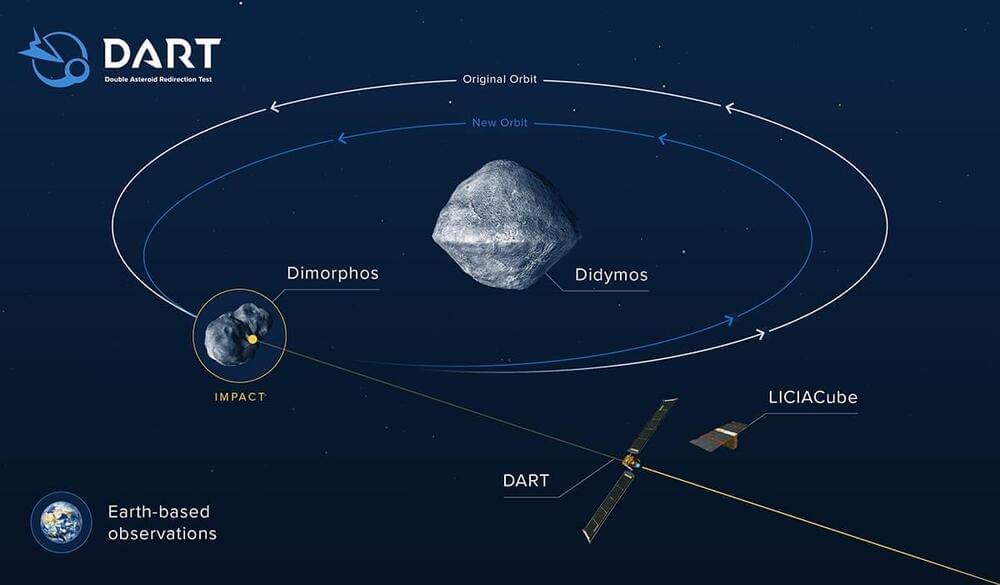
A giant asteroid’s impact is considered the likely cause of the mass extinction of the dinosaurs almost 66 million years ago.
While there is no potential harm from an asteroid on the Earth at present, it is still important to keep our defense system ready in order to prevent catastrophic consequences such as impacts by deflecting trajectories of asteroids if one is ever discovered.
With this aim, NASA launched the Double Asteroid Redirection Test (DART) mission, the world’s first planetary defense test mission, last November. DART is the first-ever mission dedicated to investigating and demonstrating one method of asteroid deflection by changing an asteroid’s motion in space through kinetic impact. In summary, it is to collide with an asteroid and deflect it from its orbit in order to provide valuable information for the development of such a planetary defense system.
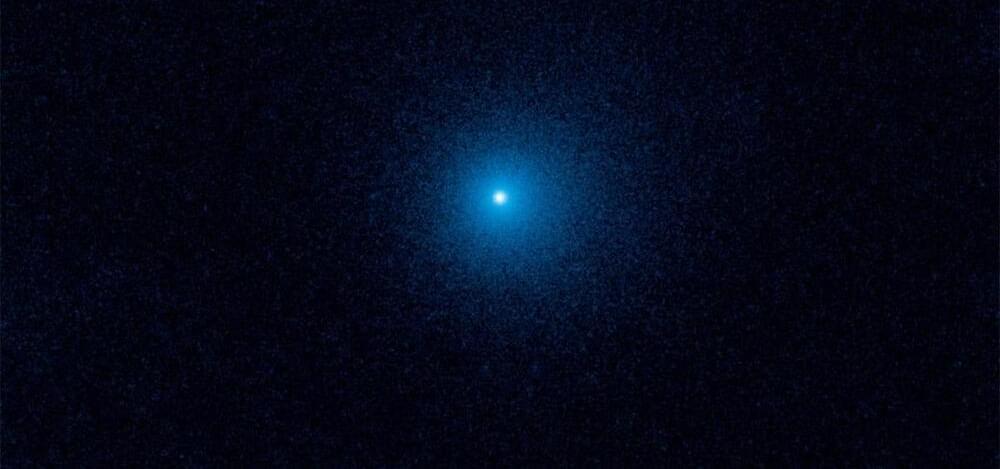
One of the largest comets known is approaching our planet on the only trip through the inner solar system it will make during our lifetimes.
Five years ago, the Hubble Space Telescope spotted a large comet at the farthest distance ever, as it was approaching the sun from way out between the orbits of Saturn and Uranus. Now, that giant space snowball is coming in for its closest pass by Earth in just a few weeks.
Comet C/2017 K2 will be at its nearest point to us on its current swing through the inner solar system on July 14. Even at its closest, however, it will still be farther away from us than the average distance between Earth and Mars. This will likely make it difficult to see the comet without at least a small telescope, despite its substantial stature.
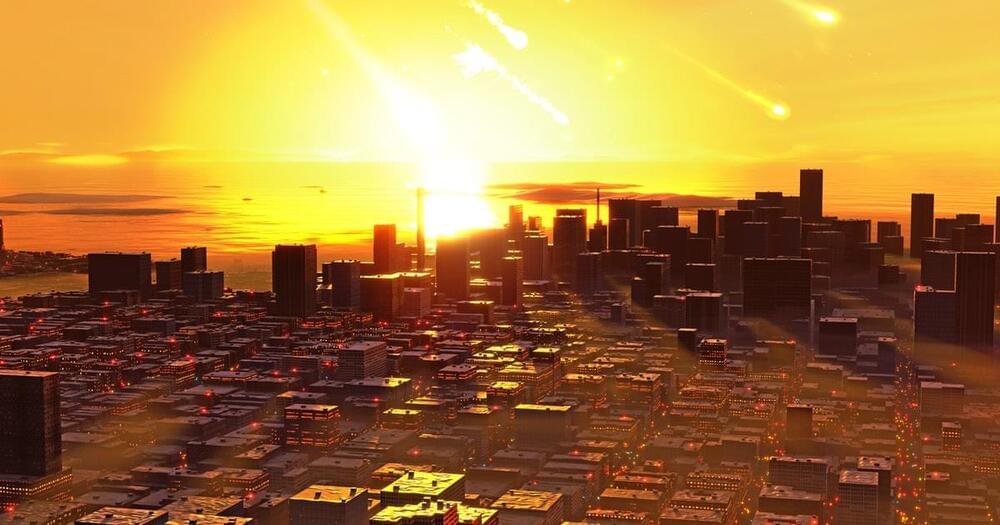
Monitoring PHAs is a huge responsibility that requires a worldwide effort, including tracking, alerts, and disaster preparedness. Last year, over 100 participants from 18 countries (including NASA scientists and the NEOWISE mission) conducted an international exercise that simulated an encounter with an asteroid that made a close flyby to Earth. As NASA revealed in a recently-released study, the exercise was a complete success. The lessons learned could help avert real impacts in the near future or significantly limit the devastation one could cause.
The study, which appeared in the May 31 issue of The Planetary Science Journal (titled “Apophis Planetary Defense Campaign”), was conducted by the Planetary Defense Exercise Working Group and led by Vishnu Reddy — an Associate Professor at the University of Arizona’s Lunar and Planetary Laboratory (LPI). The working group is made up of more than 100 participants from 18 countries and includes facilities like NASA’s Planetary Defense Coordination Office (PDCO), the ESA NEO Coordination Centre, the Russian Academy of Sciences, the Korea Astronomy and Space Science Institute (KASI), and many universities and research institutes worldwide.
As Reddy and his colleagues describe in the paper, the planetary defense exercise was the culmination of work that began in 2017, which was designed to test the operational readiness of our global planetary defense capabilities. The exercise was carried out with the support of NASA’s PDCO, the Minor Planet Center (MPC) — the internationally-recognized authority for monitoring the position and motion of small celestial bodies — and the International Asteroid Warning Network (IAWN). The exercise was named the Apophis Campaign since it coincided with the close approach of the NEO (99942) Apophis, which flew past Earth from December 2020 to March 2021.

WASHINGTON, June 8 (Reuters) — A tiny meteoroid struck the newly deployed James Webb Space Telescope in May, knocking one of its gold-plated mirrors out of alignment but not changing the orbiting observatory’s schedule to become fully operational shortly, NASA said on Wednesday.
The little space rock hit the $10 billion telescope sometime in late May and left a small but noticeable effect in the telescope’s data, NASA said in a statement, adding that it was the fifth and largest hit to the telescope since its December launch. read more
“After initial assessments, the team found the telescope is still performing at a level that exceeds all mission requirements,” NASA said. “Thorough analysis and measurements are ongoing.”
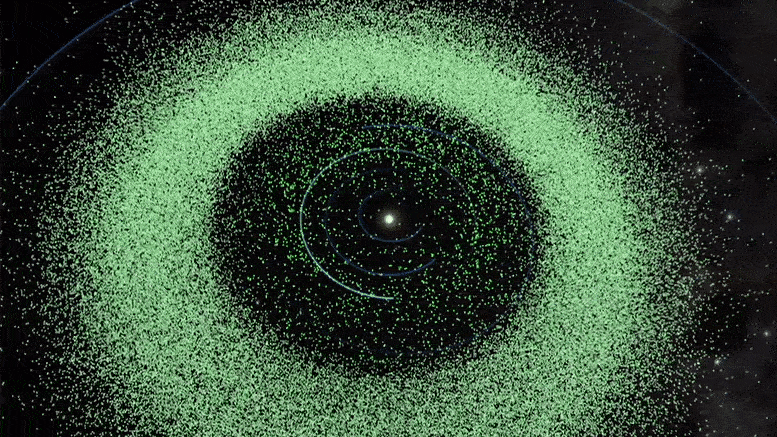
Discovering and tracking asteroids is critical for planetary defense against killer asteroid impacts. The detailed astronomical data associated with it is also useful for providing new insights for astronomers. Helping with this task is a new algorithm called THOR, which has now proven to be capable of finding asteroids. It has been running on the Asteroid Institute’s cloud-based astrodynamics platform for identifying and tracking asteroids.
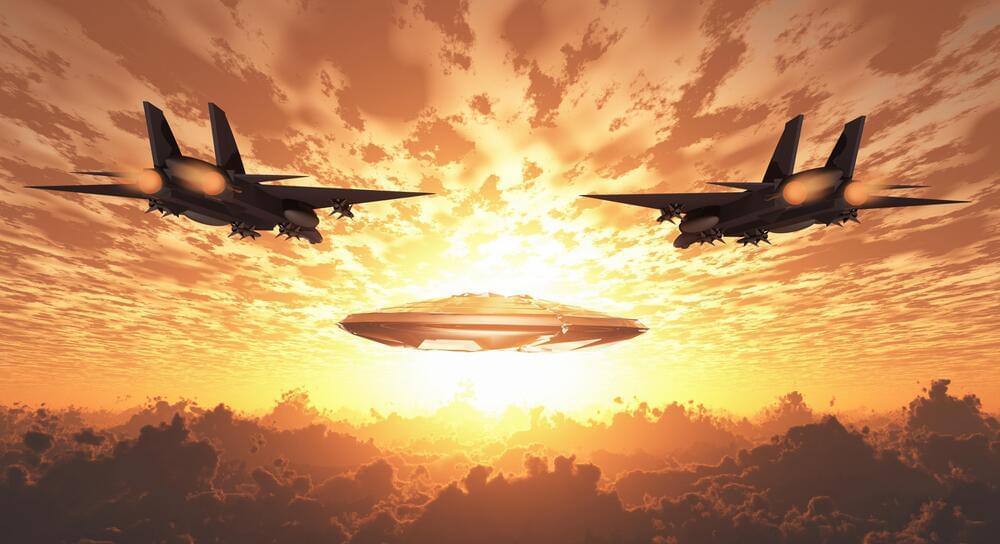
Should we send messages into space in an effort to contact intelligent extra-terrestrial civilizations? Or should be fear them attacking us and transmit nothing? Two conflicting and oft-heard questions, but it turns out we may overlooking something rather important and completely obvious— it’s probably us that are the malicious aliens.
When I read that we’ve got more chance of being struck by a planet-killer asteroid than being invaded by aliens, I was intrigued.
So I got in touch with Alberto Caballero, the author of the though experiment-style paper published this week, to find out more. His paper is an attempt to determine how many malicious extraterrestrial civilizations there could be, and how likely it is that they would invade us.
